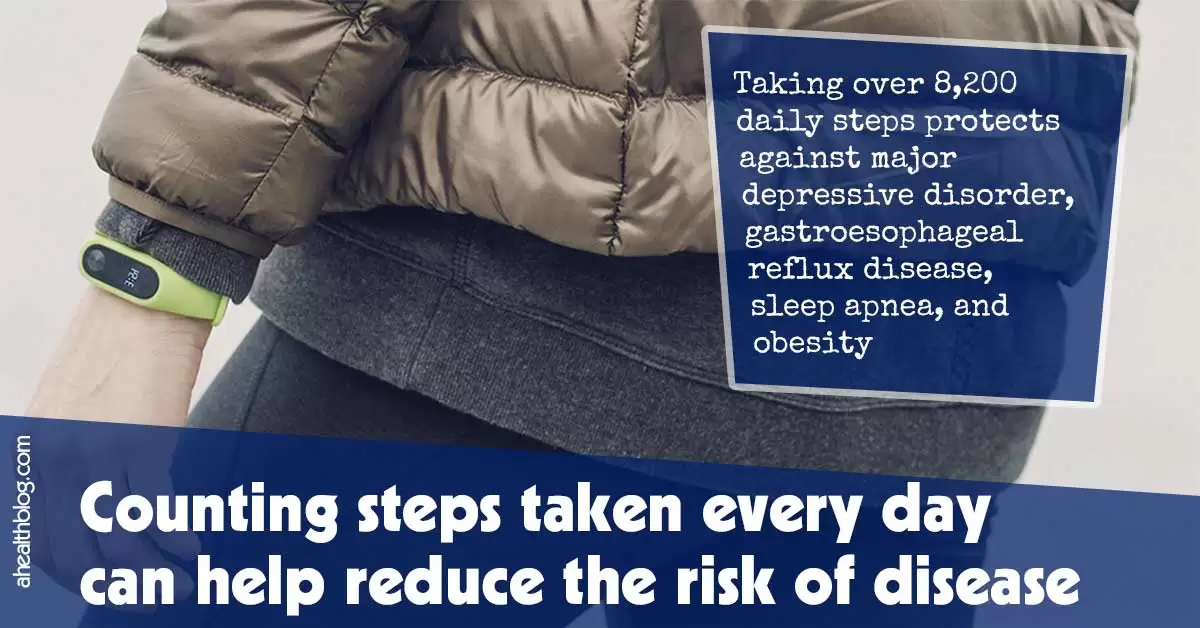The IASP definition of pain is:
An unpleasant sensory and emotional experience associated with, or resembling that associated with, actual or potential tissue damage.
Six key notes and etymology:
- Pain is always a personal experience that is influenced to varying degrees by biological, psychological, and social factors.
- Pain and nociception are different phenomena. Pain cannot be inferred solely from activity in sensory neurons.
- Through their life experiences, individuals learn the concept of pain.
- A person’s report of an experience as pain should be respected.
- Although pain usually serves an adaptive role, it may have adverse effects on function and social and psychological well-being.
- Verbal description is only one of several behaviors to express pain; inability to communicate does not negate the possibility that a human or a nonhuman animal experiences pain.
This definition allows for “pain is always a personal experience” and that “pain and nociception are different phenomena” – supporting the idea that the association between what goes on in the tissues and our individual experience of pain is both complex, and currently unmeasurable.
So therefore, why do we have this line in the IASP diagnostic criteria for complex regional pain syndrome: “The patient has continuing pain which is disproportionate to any inciting event” – but wait, there’s more! Kosek et al, (2021) indicate that clinical criteria for nociplastic pain include “…a history of pain hypersensitivity in the region of pain” and “Evoked pain hypersensitivity phenomena can be elicited clinically in the region of pain.”
I’m puzzled.
Pain that is “disproportionate” suggests there is “proportionate” pain… AND at the same time the definition of pain says pain is “always a personal experience that is influenced to varying degrees by biological, psychological, and social factors.” So if I experience pain in the presence of an inciting event, and report it as “OUCH” on the ouchie scale, who can tell me whether my pain is “proportionate” or “disproportionate”?
The nociplastic criteria are similarly confusing: pain hypersensitivity in the region of pain – really painful pain where I’m already experiencing pain? Or do they mean allodynia or hyperalgesia? Or…poke me where I’m sore already and the examiner can tell whether I’m more sore than I ought to be?
Underlying these diagnostic criteria lives a sneaky little beast I call “assumed normalism.” That despite all the work over the decades, some clinicians and researchers really do believe there is a reasonable relationship between nociceptive stimulation and the degree of ouch I might feel. I’m not sure about this…
I wonder if assumed normalism relies on experimental data where people volunteer to undertake nociception tests. These are things like quantitative sensory testing where individuals report the moment they experience heat, cold, pressure, and vibration (pain threshold), and when they want the experimenter to stop doing that thing NOW (pain tolerance).
Let’s think about that situation for a moment. An experimental set-up or lab. Volunteers who know what they’re going to be asked to do. Who know they can say “STOP” when they want to. Who know that no lasting harm is going to occur (ethics, don’t you know). And who volunteers for these kinds of experiments? Nuzzo (2021) pointed out that females are well-known not to volunteer for experiments where there is “an expectation of painful, unpleasant, or risky procedures” and cites research from as far back as 1976! (Rosnow & Rosenthal, 1976) – and earlier (Howe, 1960).
But more than this, Horowitz (2009) states “…QST is a subjective psychophysical test entirely dependent upon patient motivation, alertness, and concentration. Patients can willingly perform poorly, and even when not doing so, there are large intra- and interindividual variations.”
How have clinical diagnostic criteria included definitions that seem too have slid by scrutiny?
Why does it matter?
As soon as we begin thinking of “normal” “objective” “proportional” or “disproportional” in leaps human judgement. Bias. The opportunity to dismiss a person’s experience – on the basis of what we can observe, or what the person can demonstrate. We can only infer that someone else is experiencing pain on the basis of their behaviour – what a person says, does, in the presence of pain, in a particular context. And bias exists when it comes to interpreting behaviour.
As a person living with pain, should I aim to “look well” and be judged as “not suffering enough for pain to be a problem”, or “look poorly and be judged as “not using coping strategies, wanting attention”…
Because, unless all the qualitative studies I’ve read are really erroneous, bias and stigmatising from clinicians and insurers is a thing. From adolescents (Wakefield, 2021), people tapering opioids (Benintendi et al., 2021), gender (yeah, I mean women, Zhang et al., 2021) – oh the list is long….
So, perhaps we could consider an alternative way to describing these kinds of pains: I personally prefer “severe” but maybe there are other words?
Benintendi, A., Kosakowski, S., Lagisetty, P., Larochelle, M., Bohnert, A. S., & Bazzi, A. R. (2021). “I felt like I had a scarlet letter”: Recurring experiences of structural stigma surrounding opioid tapers among patients with chronic, non-cancer pain. Drug and alcohol dependence, 222, 108664.
Howe, E. S. (1960). Quantitative motivational differences between volunteers and nonvolunteers for a psychological experiment. Journal of Applied Psychology, 44(2), 115–120. https://doi.org/10.1037/ h0045002
Kosek, E., Clauw, D., Nijs, J., Baron, R., Gilron, I., Harris, R. E., Mico, J.-A., Rice, A. S. C., & Sterling, M. (2021). Chronic nociplastic pain affecting the musculoskeletal system: clinical criteria and grading system. Pain, 162(11), 2629-2634. https://doi.org/10.1097/j.pain.0000000000002324
Nuzzo, J. (2021). Volunteer Bias and Female Participation in Exercise and Sports Science Research. Quest, 73(1), 82-101. https://doi.org/10.1080/00336297.2021.1875248
Rosnow, R. L., & Rosenthal, R. (1976). The volunteer subject revisited. Australian Journal of Psychology, 28(2), 97–108. https://doi.org/10.1080/00049537608255268
Wakefield, E. O., Puhl, R. M., Litt, M. D., & Zempsky, W. T. (2021). “If It Ever Really Hurts, I Try Not to Let Them Know:” The Use of Concealment as a Coping Strategy Among Adolescents With Chronic Pain. Frontiers in Psychology, 12, 1840.
Zhang, M., Zhang, Y., Li, Z., Hu, L., & Kong, Y. (2021). Sexism-related stigma affects pain perception. Neural plasticity, 2021.








